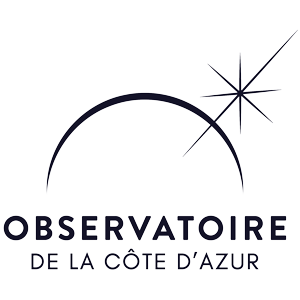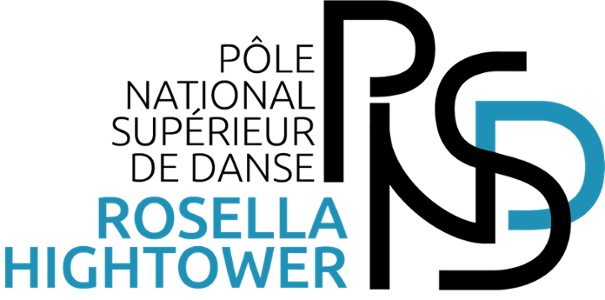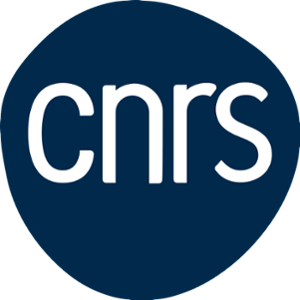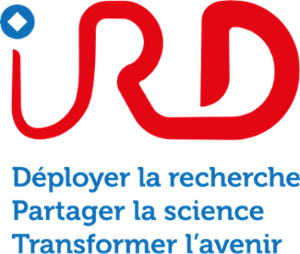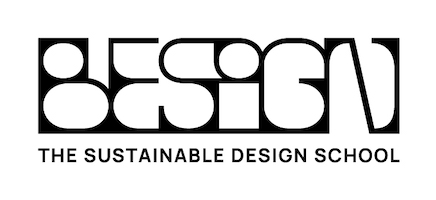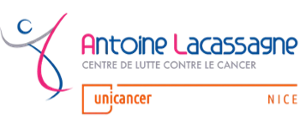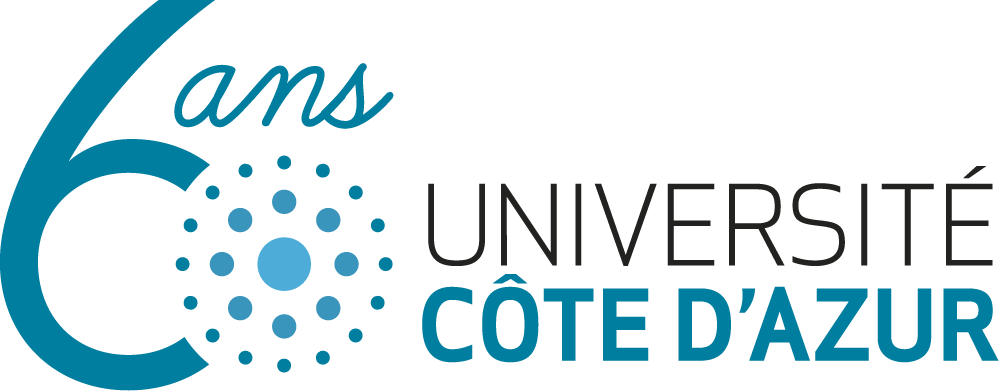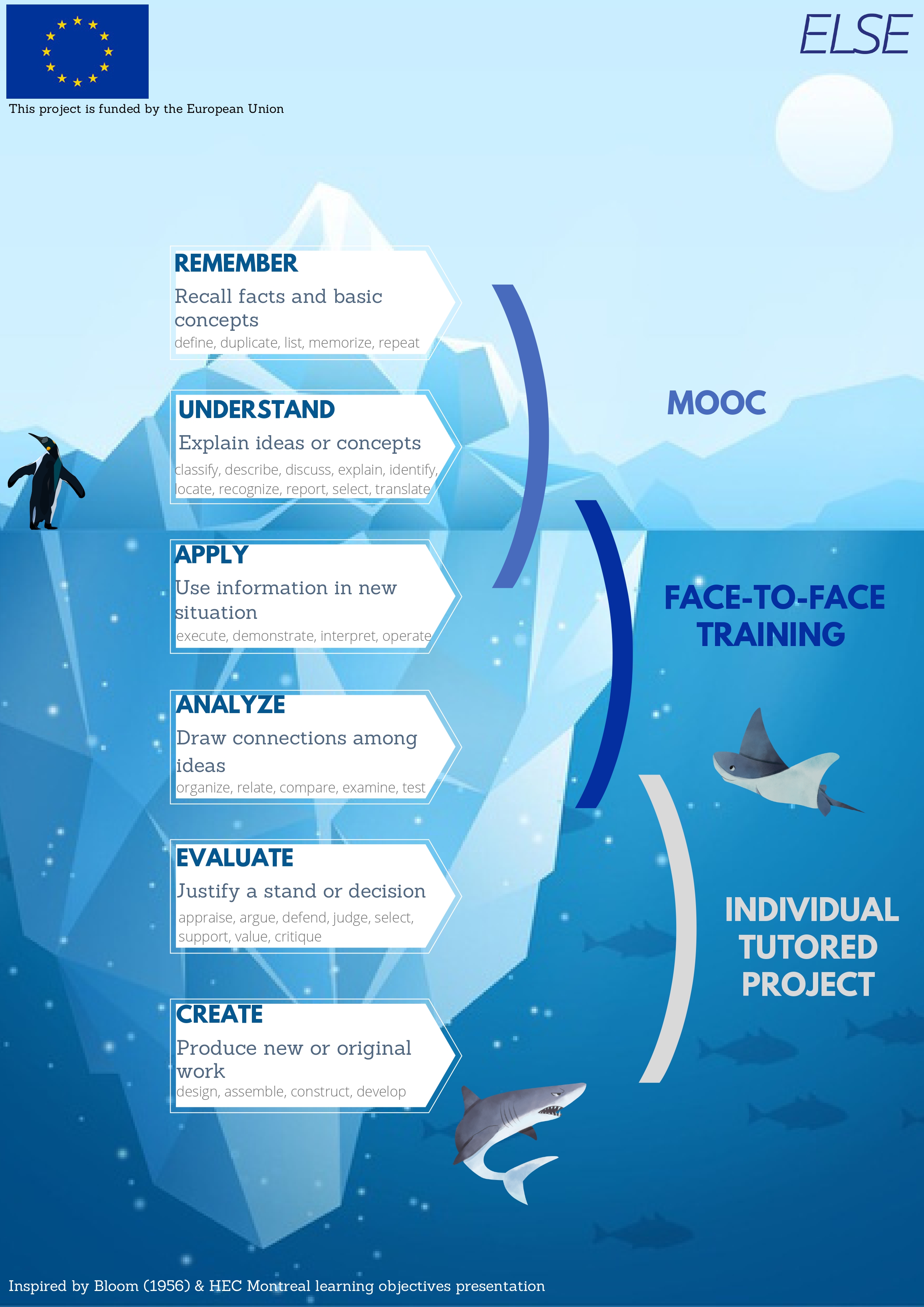ELSE Diploma Training
Following a scientific workshop organised in Nice in January 2020, a pedagogical team composed of top international researchers and nuclear industry experts developed the curriculum for the ELSE training programme. The assessment of the curriculum by the Board of the Université Côte d'Azur led to the accreditation of the ELSE training programme as University Diploma. Please find here the detailed: ELSE Training Syllabus
The third edition of the ELSE training programme is set to begin in 2026, with the application process expected to open at the beginning of December 2025. For more information, feel free to contact us via email at: xhensila.tafaj@univ-cotedazur.fr.
- OBJECTIVES
-
Participants will strengthen their understanding of leadership for safety problematics and develop the ability to critically and knowledgeably practice their leadership skills in nuclear and radiological working environments.
Based on a multidisciplinary approach drawing on most recent academic research results, and including the development of a personal project supervised by a senior expert, this course is designed to complement the existing training curricula currently provided by the nuclear sector organizations, including IAEA.
- TARGET AUDIENCE
-
The ELSE course is intended for professionals from the nuclear sector (regulatory bodies, industry or service providers), with junior and mid-career managerial profile.
Participants should hold a position in their organisation that involves operational or functional responsibilities with safety or radiological protection implications. Previous participation in initiation courses on leadership for safety is a plus. Fluency in the English language is required.
The ELSE project consortium is committed to guarantee gender diversity, for this reason, applications from qualified women are encouraged.
- TEACHING METHODS
-
Lectures by senior academic & nuclear safety experts, case studies, discussions and hands-on sessions will compose the main part of the course. A small sized class will encourage discussions and participation. Mentor-led discussion sessions with participants will focus on the practical application of classroom work and provide opportunities for open information and experience sharing.
Trainees will also develop, on a part-time basis, and in the context of their current professional role, a personal project on the topic of leadership for safety, with the support from a referent expert provided by UCA
- LEARNING OUTCOMES
-
The training aims to strengthen participants' expertise and capabilities in management and leadership for safety. The programme is designed to deliver outcomes that extend beyond the cognitive domain, fostering not only knowledge and analytical skills but also practical competencies, behavioural awareness, and a deep cultural and ethical understanding of leadership for safety and related domains.
Through the ELSE training programme, participants will cultivate cognitive, practical, behavioural, and ethical competencies, enabling them to:
- Acquire an in-depth comprehension of the direct or indirect implications of behaviours, organisational dynamics and underlying beliefs & values on nuclear safety performance;
- Understand and reflect on the historical perspective, underlying mechanisms and ethics of leadership for safety;
- Learn how to effectively exercise leadership for safety in inherently complex and highly regulated nuclear and radiological environments, in both routine and emergency situations;
- Develop a multidisciplinary, as well as international, outlook on this topic, through interactions with senior experts from different countries, by understanding the logic and principles behind regulatory requirements set by the IAEA in particular, and through lasting peer networking opportunities.
- Develop self-awareness to navigate complex safety challenges and foster a strong safety culture;
- Enhance communication and interpersonal skills to effectively engage with diverse stakeholders and influence safety outcomes;
- Strengthen decision-making and crisis management abilities to lead with confidence in high-pressure situations;
- Cultivate resilience and adaptability to respond proactively to evolving safety and regulatory challenges;
- Foster a culture of trust and accountability by promoting ethical leadership and transparent safety practices.
- PROGRAM STRUCTURE
-
This "iceberg" representation illustrates the complementarity of the three ELSE learning modes (MOOC, face-to-face training, and personal project) and the progression of the learning process.
ELSE program structure - PROGRAM CONTENT
-
1. MODULE 1: Safety management in high-risk environments
1.1 Managing Safety: current approach
Key concepts
1.1.1 Safety Management: an evolving problematic (MOOC & face to face)
1.1.2 Risk and Safety: a technical approach (MOOC)
1.1.3 Safety culture and safety climate (MOOC & face to face)
1.1.4 International safety standards in the nuclear industry: historical perspective and evolution (MOOC)1.2 Dealing with uncertainty
Key challenges
1.2.1 Building high reliability organizations (MOOC & face to face)
1.2.2 Dealing with uncertainty in a collective manner: mindfulness, flexible rules, autonomy (MOOC & face to face)
1.2.3 Individual factors of dealing with uncertainty (MOOC & face to face)
A. Understanding Individual responses to uncertainty: a psychology outlook
B. Developing individual mindfulness2. MODULE 2: Organizational dynamics and Leadership
2.1 Understanding organizational dynamics
Key concepts
2.1.1 Organizational structure & design (MOOC & face to face)
2.1.2 Fostering Learning in organization (MOOC & face to face)
Key challenges
2.1.3 Paradoxes and tensions (MOOC & face to face)
2.1.4 Uncertainty, complexity, and organizational limits: implications for safety (MOOC & face to face)2.2 Leadership as a process of influence
Key concepts
2.2.1 Leadership: definition and historical evolution of key concepts for safety (MOOC & face to face)
2.2.2 Mechanisms and practices of leadership as process (MOOC & face to face)
Key challenges
2.2.3 Developing leadership for safety (MOOC & face to face)
A. Mechanisms and practices of leadership for safety
B. Leadership for safety in the nuclear sector context
2.2.4 Global approach to risk management (MOOC & face to face)
3. MODULE 3: Developing effective leadership practices for improving safety in the nuclear sector3.1 Personal project
3.1.1. Application of knowledge acquired in Modules 1 and 2 to identify and implement new leadership practices for improving safety in trainees’ organizational context
3.1.2. Written report3.2 Oral presentation of results
- FEES
-
Training fees cover a one-year training session delivered by pedagogical team, composed of top international researchers and nuclear industry experts.
Training fees: 8 000 euros
Applicants from INSC countries are eligible for a full scholarship covering training, travel and accommodation fees thanks to the funds provided by the European Union.



